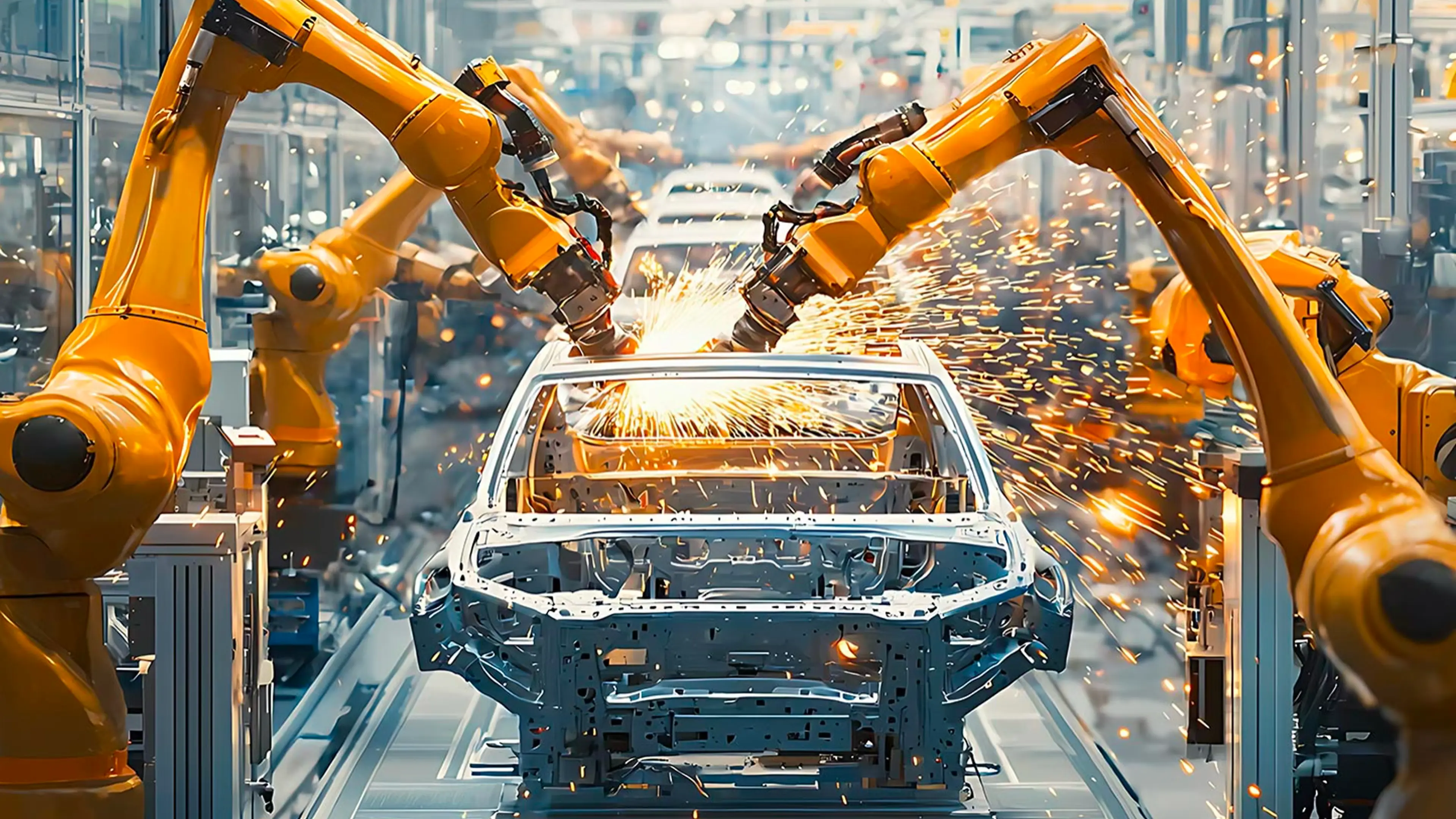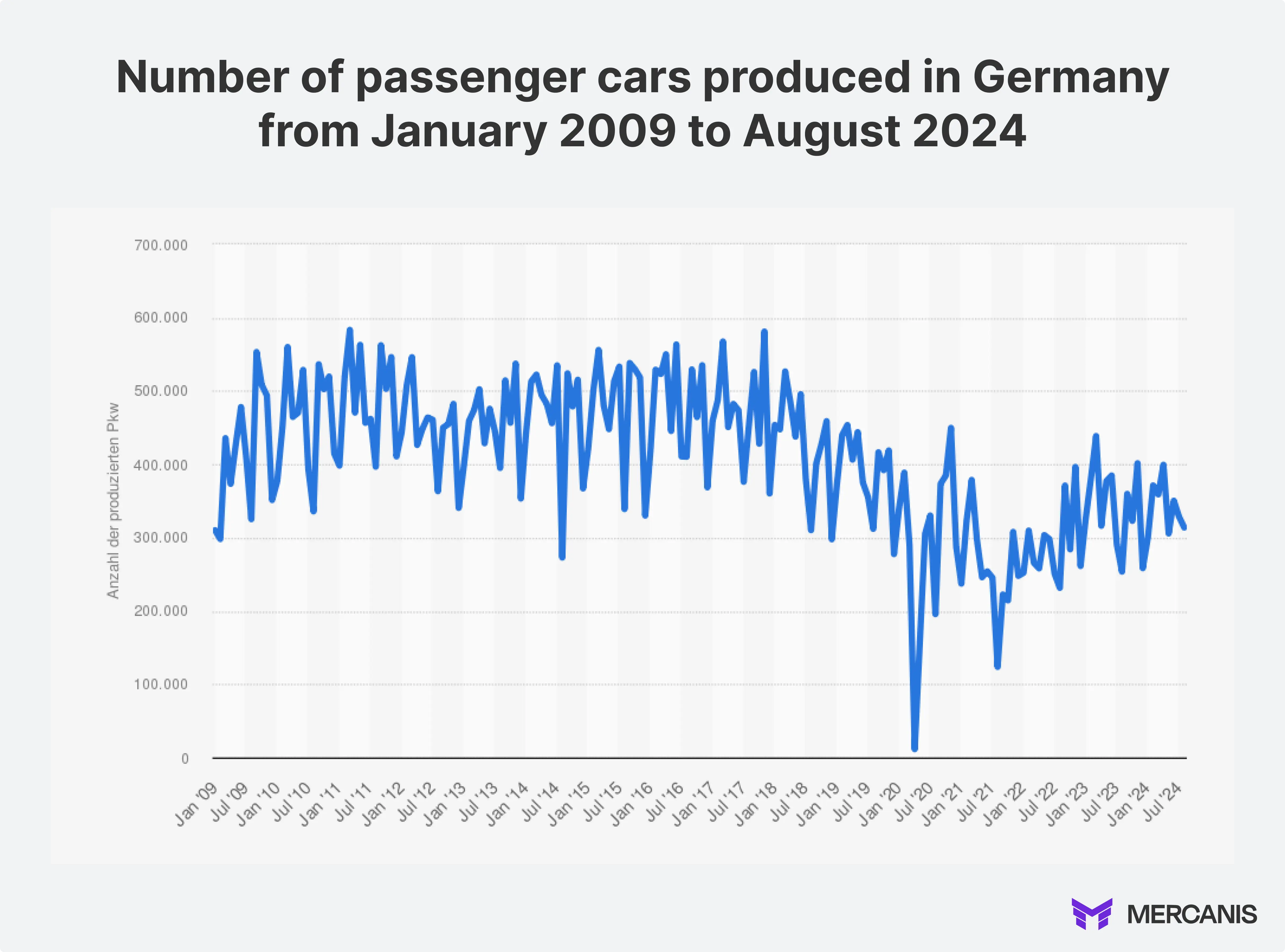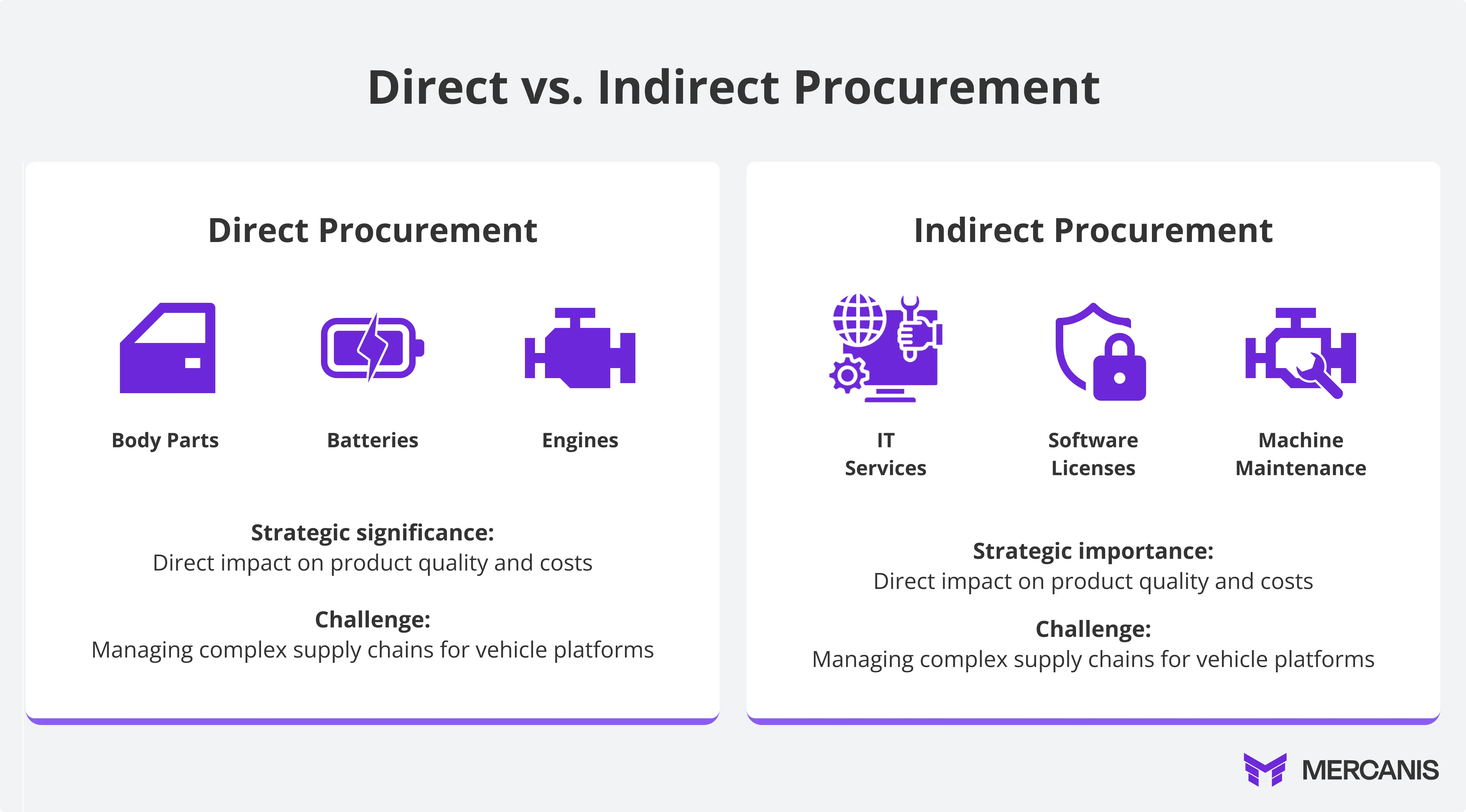

The German automotive industry, which accounts for 25.2% of total industrial sales, is facing one of its most profound crises in 2025. Vehicle production in Germany has fallen by around 25% since 2018. According to a study by the German Economic Institute (IW), there are several reasons for this:
While manufacturers such as BYD and CATL are significantly increasing their production of electric vehicles, German manufacturers are struggling. They are battling numerous structural deficiencies. There are too few affordable electric models. There is also a lack of knowledge in software and battery technologies. The charging infrastructure is also not powerful enough.
While we are still debating, China is already producing over 30 million vehicles a year and dominates battery technology. The result: plant closures, job cuts, and bankruptcies in the supplier industry.
A fundamental change is necessary to remain competitive in the long term. Investment in digitalization, new technologies, stable supply chains, and sustainable structures is important. This will enable the German automotive industry to remain competitive and secure its future.
Purchasing in the automotive industry operates on various levels:
In the automotive industry, a distinction is made between direct and indirect purchasing, as well as between automotive manufacturers (OEMs, e.g., VW, BMW, Mercedes-Benz) and suppliers (e.g., Brose, ZF, Continental).

The secret to success of the winners: They do not view indirect purchasing as a side issue, but as a strategic lever for efficiency and innovation.
Depending on the company, procurement costs account for a significant portion of the total costs of an automotive manufacturer or supplier. This means that even small savings in purchasing can have a noticeable impact on profitability.
Significance for competitiveness:
Cost reduction strategies:
Digitalization as an efficiency driver:
Companies that strategically position and continuously optimize their purchasing not only secure financial advantages, but also a long-term competitive position.
Based on this, five trends for purchasing in the automotive industry can be identified.
The reality: Companies with digital purchasing processes respond 50% faster to market changes. Digital purchasing processes offer enormous advantages, especially in the automotive industry, which relies on just-in-time delivery , complex supply chains, and a high degree of product variety.
The advantages at a glance:
Automation reduces manual effort
Digital procurement tools enable extensive automation of ordering processes. Especially in the automotive industry, where many components have to be procured at high frequency, the automation of requisitions, approvals, and invoice comparisons ensures greater speed, fewer errors, and lower process costs.
Real-time transparency along the entire supply chain
Modern e-procurement platforms create full transparency through centralized data storage and seamless interfaces: OEMs and suppliers can keep track of prices, delivery times, availability, and the current status of every order at all times – a decisive advantage in volatile markets and when plans change at short notice.
Better collaboration through supplier integration
The digital connection of Tier 1 and Tier 2 suppliers significantly improves communication. Product catalogs, order confirmations, and delivery documents can be processed automatically, minimizing misunderstandings and shortening response times.
Self-service reduces the burden on purchasing
User-friendly self-service portals enable specialist departments to record their requirements independently, for example when procuring indirect materials or services. Purchasing retains control, ensures compliance, and can concentrate on strategic tasks.
Scalability for growing requirements
Whether new vehicle platforms, international production sites, or the integration of new technologies such as e-mobility – modern procurement systems grow with you. They can be flexibly adapted and thus support the innovative strength of the industry.
In the automotive industry, time is money and transparency equals security.
Practical tip: Start with the digitalization of indirect purchasing, where the quick wins are greatest.
The semiconductor crisis has shown that those who do not have risk management in place will come to a standstill.
Global crises, geopolitical tensions, and climate change show that the automotive industry is facing a major challenge. There are many problems, especially when it comes to securing supply chains. Production downtimes due to missing components, volatile raw material markets, and regional instability affect OEMs and suppliers alike. This makes strategic risk management all the more important. Risks must be identified early on and targeted measures to increase resilience must be enabled.
The advantages at a glance:
Strategic measures:
Success story: Companies with diversified supplier structures weathered the coronavirus crisis better.
New laws, new opportunities: Laws such as the Supply Chain Due Diligence Act (LkSG) and the EU Supply Chain Due Diligence Directive (CSDDD) force companies to take action, but also create opportunities for differentiation.
Here is an overview of the most important legal principles in purchasing in the automotive industry:
Strategic approach: Companies that use compliance as a driver of innovation gain the trust of investors and customers.
Actively leveraging regulations and sustainability is increasingly shaping the role of purchasing. This trend is clearly noticeable, as the German government is also promoting this way of thinking. One example is the federal government's 2020 economic stimulus package with targeted support modules. These modules include the modernization of production facilities and the promotion of regional innovation clusters. This provides active support for the automotive industry's transformation to a " " (smart, sustainable, and digital) economy. The aim is to build resilient supply chains, drive forward future-oriented fields of technology such as autonomous driving, and enable a networked, high-performance industry through digital infrastructure projects such as GAIA-X. Purchasing is becoming the interface for innovation, partnership, and transformation.
Data-driven purchasers make better decisions than their colleagues who rely on gut instinct.
Companies with data-based purchasing processes react much more agilely to fluctuations in demand, raw material shortages, or political changes. The ability to act early is becoming a decisive strength in international competition.
Paradigm shift: Instead of "global sourcing," the new buzzword is "smart sourcing." The motto is: regional where possible, global where necessary.
Knowing the five trends is one thing, implementing them successfully is another. Here is your concrete roadmap for future-proofing procurement in your company:
Goal: Identify weaknesses and achieve quick wins
Concrete steps:
Expected result: Transparency regarding the current situation and an initial 5-10% increase in efficiency
Goal: Implement systems and establish structures
Specific steps:
Expected result: 15-25% increase in efficiency and significantly higher supply chain resilience
Goal: Position purchasing as a strategic driver of innovation
Specific steps:
Expected result: Purchasing will evolve from a cost optimizer to a strategic competitive advantage
The German automotive industry is at a crossroads. While international competitors score points with low costs and rapid innovation, German companies have a decisive advantage: their engineering expertise and precision.
Purchasing is the key to activating these strengths. Companies that strategically transform their purchasing not only secure short-term cost savings, but also long-term competitive advantages.
The decision is yours: Will you remain a reactive cost optimizer or become a proactive driver of innovation?

Direct purchasing includes materials that go directly into the vehicle, such as body parts, batteries, or engines. Indirect purchasing refers to goods and services such as IT services, software licenses, or machine maintenance that support the production process but are not included in the end product.

The causes include high export dependency, declining location attractiveness, lagging electromobility, and global risks such as trade conflicts and supply bottlenecks. Production has fallen by around 25% since 2018.

Purchasing has a significant impact on the cost structure. Through product group management, supplier consolidation, and digital solutions, companies can achieve significant savings while increasing efficiency and resilience.

The five key trends are:

Digital procurement tools automate ordering processes, create real-time transparency along the supply chain, improve supplier communication, and increase scalability as demand grows.

Data-driven purchasing uses internal and external data sources to predict demand, prices, and risks. This enables faster, more informed decisions and reduces dependence on markets or suppliers.

Laws such as the Supply Chain Due Diligence Act (LkSG) and the EU CSRD create new requirements – but also opportunities. Companies that use compliance strategically strengthen trust among stakeholders and differentiate themselves from the competition.

Nearshoring refers to the relocation of procurement or production processes to geographically closer regions. This increases resilience, reduces transport costs, and facilitates compliance with ESG standards.

A three-step action plan is helpful:
Phase 1: Immediate measures (e.g., digitalization audit, risk inventory)
Phase 2: System implementation & supplier diversification
Phase 3: Strategic realignment & ESG integration
